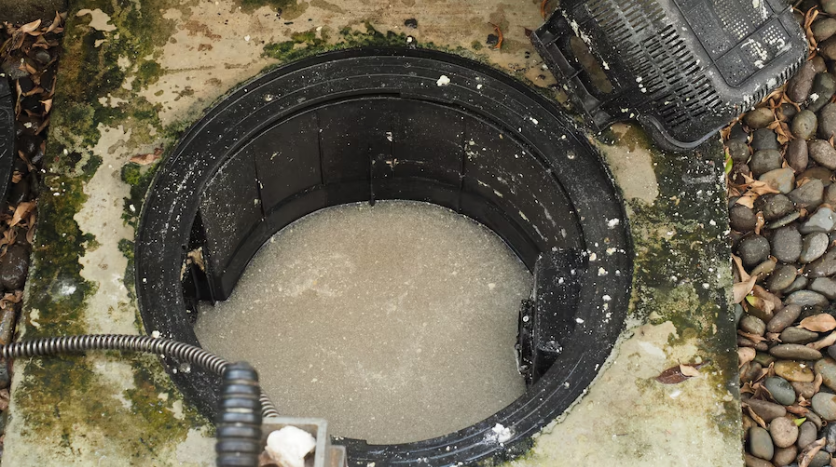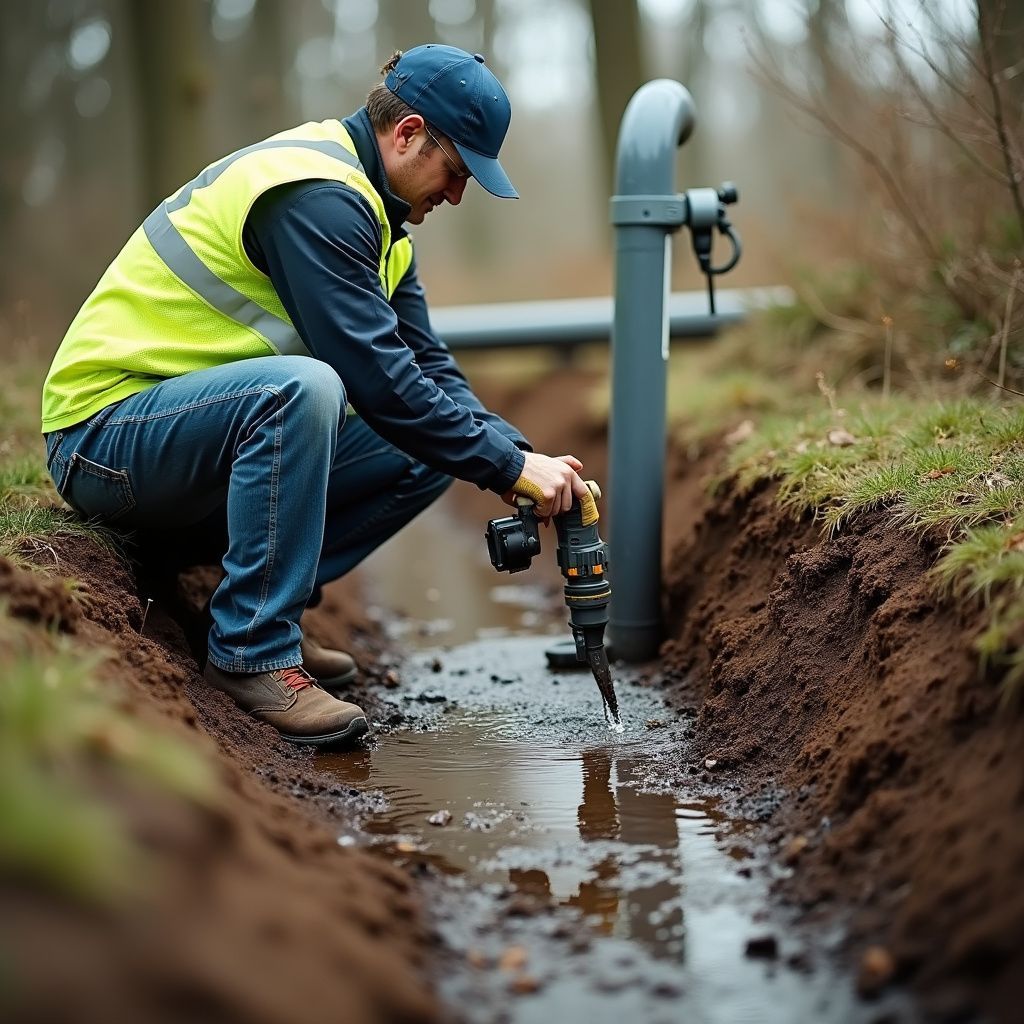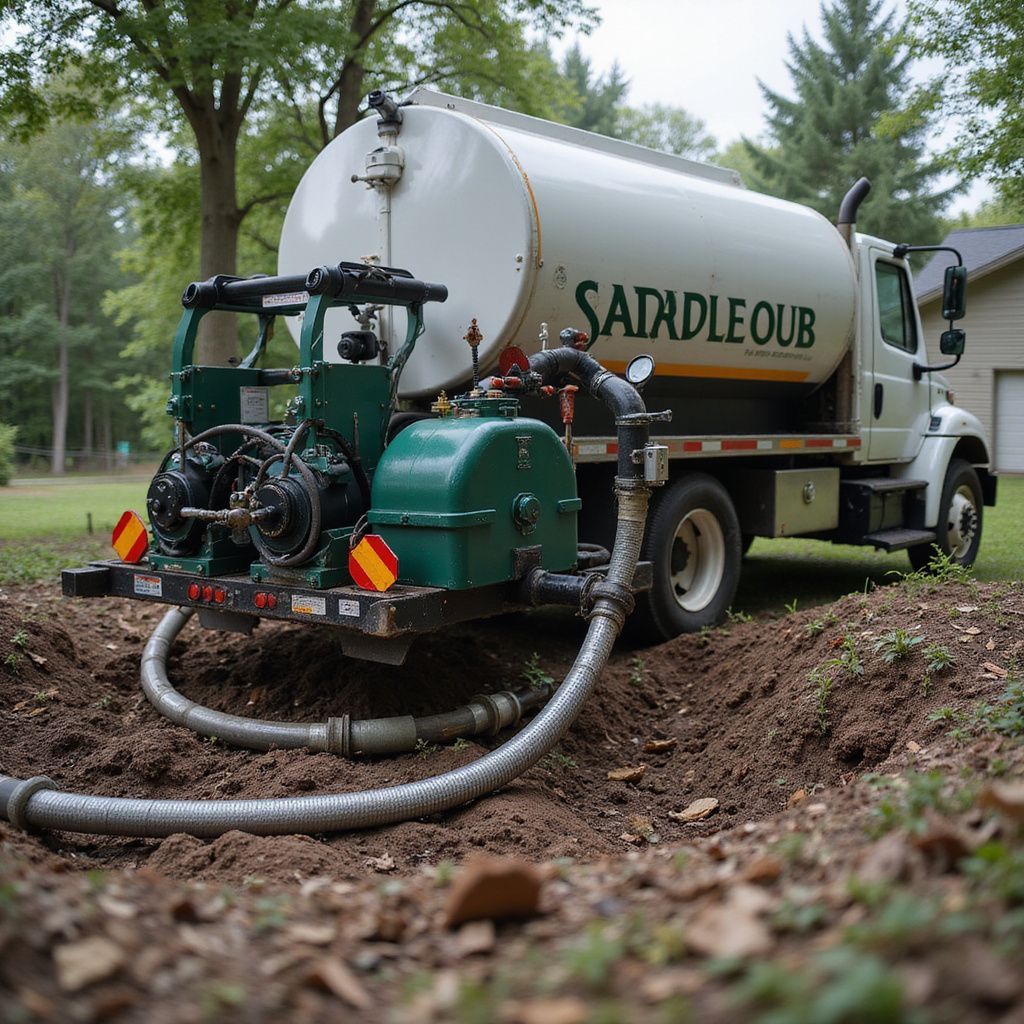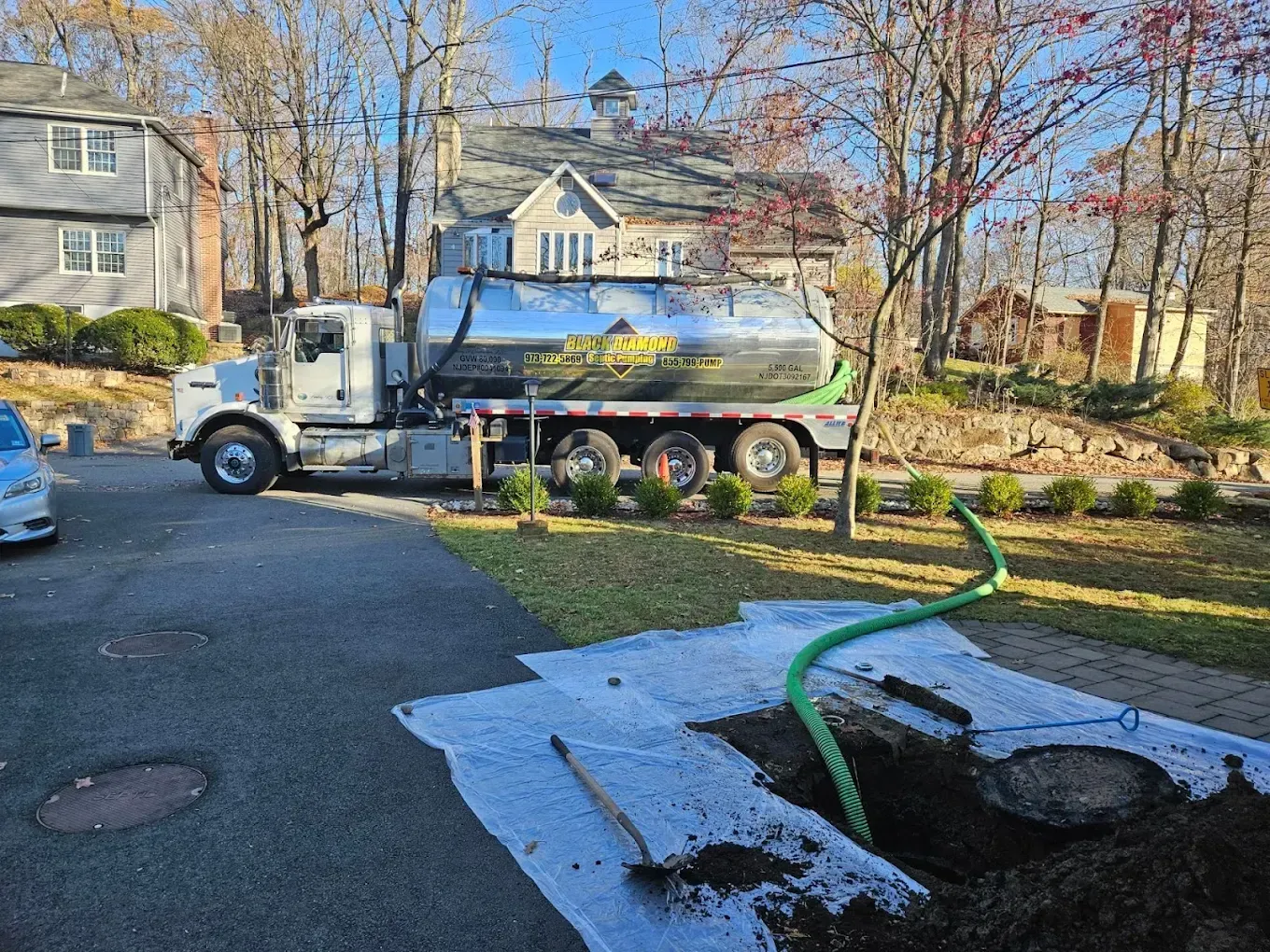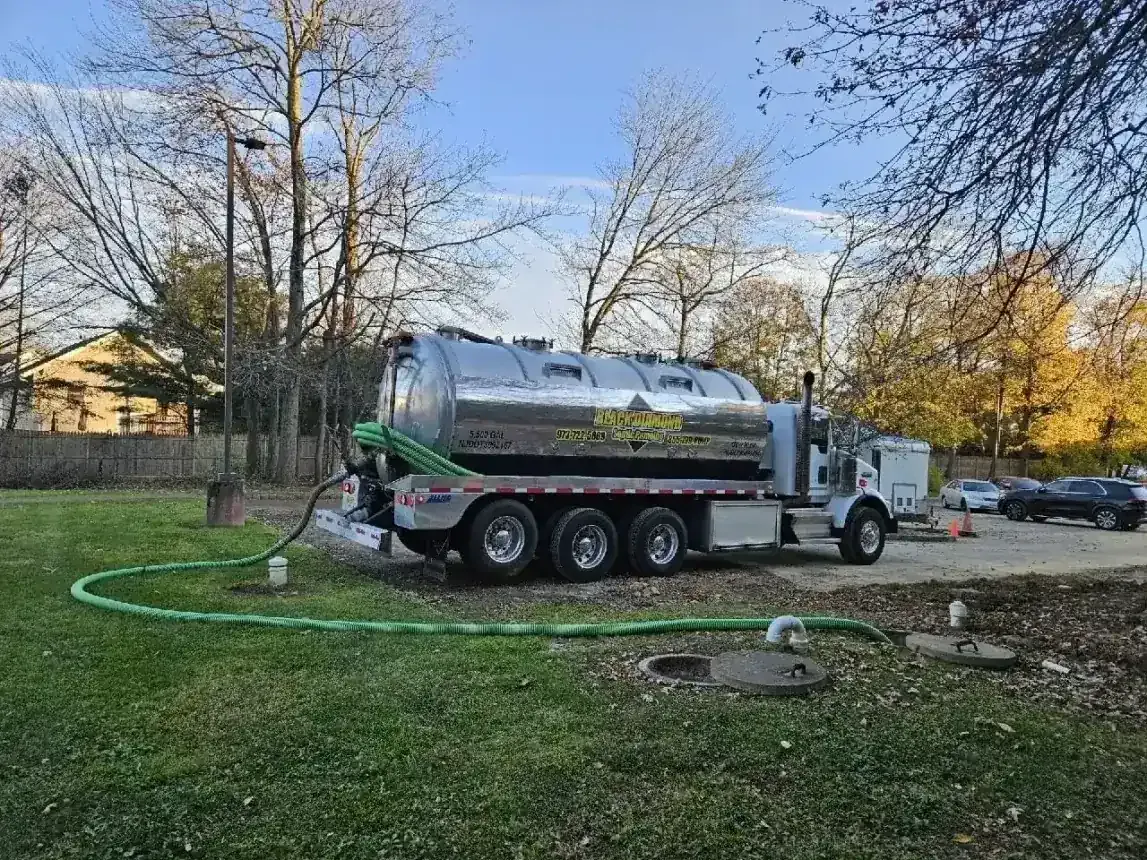How to Find Your Septic Tank Lid?
If you live in a home that uses a septic system, sooner or later, you’re going to need to know exactly where your septic tank lid is located. Maybe your tank needs regular pumping, maybe you’re dealing with slow drains, or perhaps you’re just being proactive before a problem shows up. The trouble is, many homeowners have no clue where their tank or its lid is. It’s not like there’s a neon sign in your yard saying ‘dig here’. Finding it can be tricky if you’ve never done it before, but it’s an important part of home maintenance.
This guide walks you through why it matters, how to actually locate the lid, and what to do once you’ve got it.
Why You Need to Know the Location?
There are a few good reasons to track down your septic lid before it turns into an emergency situation:
Routine Pumping and Maintenance
Septic tanks should usually be pumped every 3-5 years, depending on household size and water use. If the service crew can’t find your lid, they’ll either waste time searching (and you’ll get billed for it) or may need to dig up more yard than necessary.
Emergency Access
If you ever have sewage backing up in your home, time is critical. Knowing where the lid is lets a technician get to the tank right away instead of guessing.
Inspection Purposes
When selling or buying a home, inspectors need access to the lid to check the tank’s condition. If you know its location, you avoid delays.
Preventing Damage
Many people accidentally drive, park, or even build over their septic lid simply because they don’t know where it is. That can crush pipes, crack lids, or make access nearly impossible later.
Simply put, knowing where your septic tank lid is saves money, stress, and potentially a hazardous situation.
How to Find Your Septic Tank Lid?
This is the part that most homeowners dread, but with a little detective work, you can usually figure it out.
Start with Paperwork
Check your home inspection report, property survey, or records from the county. Some municipalities keep septic system maps on file. It shows the approximate location of the tank and lid.
Follow the Sewer Line
Find the main sewer line that exits your house: it is often in the basement or crawl space. It’s a large pipe about 4 inches in diameter. Once you see where it heads outside, imagine the straight line it would travel into your yard. Septic tanks are usually buried 5-25 feet from the foundation along that line.
Look for Subtle Yard Clues
In many cases, the grass over the tank grows differently. It may be slightly greener, patchier, or show a small dip. After a rain, the ground might dry more slowly over the tank area. These subtle differences can help narrow things down.
Probe Gently
If you think you’ve found the general area, you can use a thin metal probe (often called a soil probe) to poke into the ground. A septic tank lid is typically buried 6 inches to 2 feet underground. When you hit something solid, you may have found it. Just be gentle - don’t force the probe since you could damage pipes.
Use a Metal Detector
If your lid has a metal handle or frame, a detector can help. Keep in mind, though, that many modern lids are concrete or plastic.
Call the Pros
Or, you could leave it to septic professionals who have the tools and experience to locate lids quickly. They may use cameras or flushable transmitters to trace the lines. Sometimes it’s worth paying for expertise rather than tearing up your whole yard.
What to do After You Find Your Septic Lid?
Congratulations - you’ve located the lid! Now what?
Mark it Clearly
Using a landscape marker, small paver, or decorative stone, mark the area to find it easily the next time. Some people install a riser, which brings the access lid up to ground level for easy future access. Risers save you from digging every time the tank needs service.
Don’t Cover it Permanently.
It might be tempting to plant a tree or build a shed over the spot, but resist. Septic lids need to stay accessible. Trees in particular are a bad idea since roots can damage the tank or pipes.
Check the Condition
Inspect the lid if you’re comfortable and it feels safe. Cracks, missing handles, or signs of deterioration are your sign to replace the damaged lid. It improves safety while also curtailing foul odors.
Stay Safe
Never try to open the lid yourself. Leave it to the professionals, because septic tanks contain toxic gases that can be dangerous if inhaled.
Schedule Maintenance
If it’s been several years since your last pumping, go ahead and set an appointment. Having just found your lid, now’s the perfect time to make sure your tank is in good shape.
Conclusion
Locating your septic tank lid isn’t the most glamorous home project, but it’s one of those small tasks that pays off in a big way. Knowing where it is will save you time and unnecessary yard damage. And when your tank needs attention, professionals can get straight to work.
Whether you figure it out with a little detective work, a probing tool, or by calling in a septic company, the key is not to wait until you have an emergency. A well-marked lid is just one step toward keeping your septic system running smoothly for years to come.
Make Future Access Easier with a Septic Riser
Once you’ve gone through the work of locating your septic lid, you might be thinking there has to be a simpler way for the next time. That’s where a septic riser comes in. A riser is basically an extension that brings the access point of your tank up to ground level. Instead of digging every 3-5 years - or in the middle of an emergency - your lid is right there, ready to be opened by a professional.
At Black Diamond Septic Pumping, we install durable risers that blend into your yard and save you both time and labor. Homeowners like them because they eliminate guesswork, reduce service costs, and provide safer, cleaner access to the system. If you’ve just found your lid and want to make sure you never lose track of it again, a riser is one of the smartest upgrades you can make.
Contact Black Diamond Septic Pumping for a riser installation, septic pumping, or any other septic service you need from reliable pros.
Recent Posts
